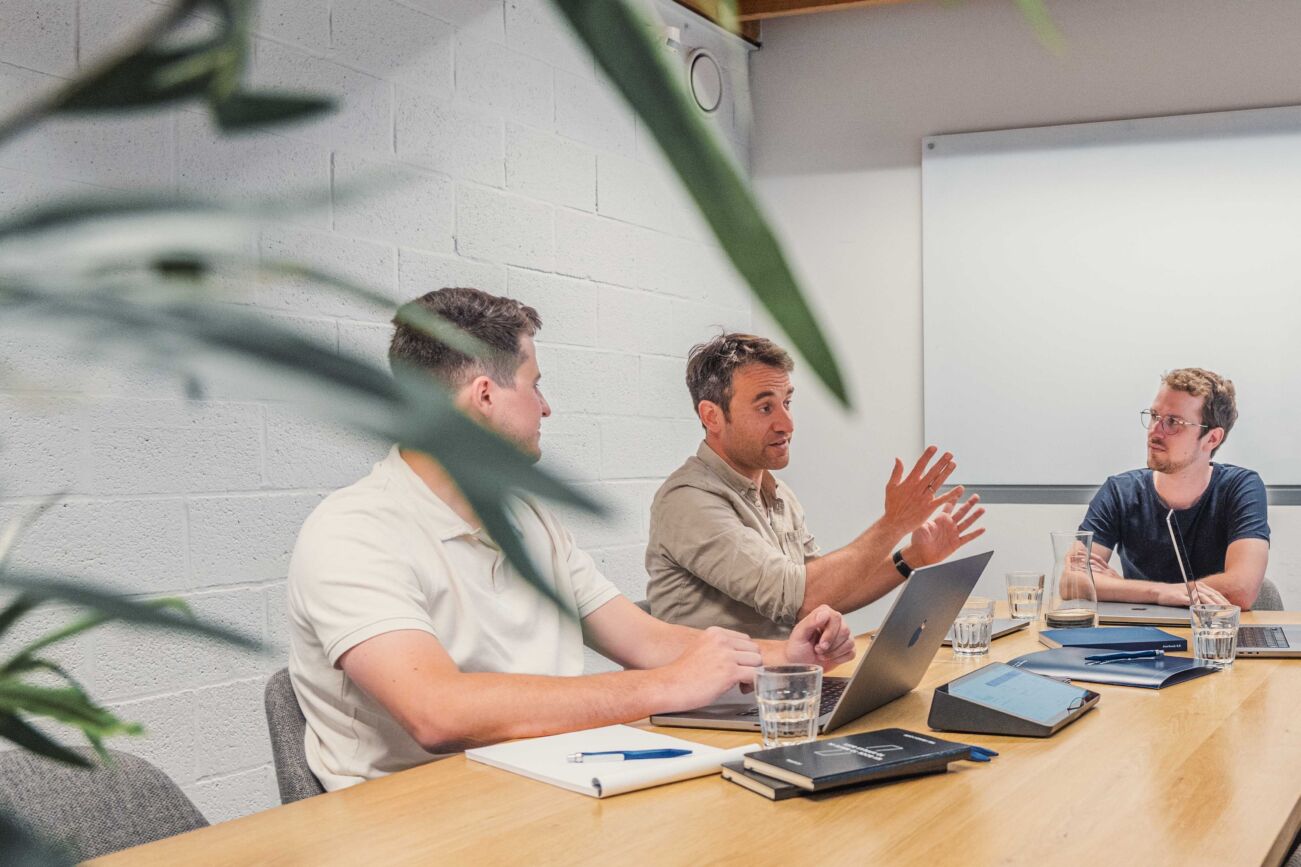When your digital product starts slowing down your business instead of supporting it, it might be time for an upgrade. We're not talking about a visual redesign or adding a flashy feature. We're talking about Application Modernization: the process of transforming outdated software into something more secure, scalable, and ready for the future.
Whether you're dealing with a decades-old system or simply struggling to scale your current solution, legacy software modernization is becoming a critical part of every organization's digital strategy. But what does that actually involve? And why is now the right time to consider it?
Let’s break it down.
1. What is Application Modernization?
At its core, application modernization means updating your existing software systems to better align with current business needs, user expectations, and technology standards. That could mean migrating your legacy applications to the cloud, refactoring code, improving system architecture, or enhancing performance, security, and accessibility.
Put simply: you're keeping what works, fixing what doesn’t, and making your product future-proof.
2. When your digital product is screaming for modernization
Every modernization journey is different, but most start with a few common triggers:
Security risks: Legacy systems are more vulnerable to threats. Modern platforms offer better encryption, authentication, and compliance features by default.
Cloud readiness: Moving to the cloud improves scalability and reduces infrastructure costs. A clear application migration to cloud strategy is key for long-term flexibility.
Performance issues: Slow loading times, crashes, or poor integrations can frustrate users and employees alike.
Poor accessibility: Older systems often fail to meet current accessibility standards. That’s a problem for both usability and compliance (think: European Accessibility Act).
Developer roadblocks: Legacy code is harder to maintain and doesn’t attract modern tech talent.
Business agility: Want to innovate faster? You'll need a flexible, modular system that supports fast iterations and new features.
3. Which application modernization fits your needs
There’s no one-size-fits-all approach. The best Application Modernization strategy depends on your goals, existing tech stack, and available resources. Here are a few common Application Modernization approaches:
Rehosting ("lift and shift"): Moving your app to the cloud without major changes.
Replatforming: Making minimal changes to optimize for the cloud environment.
Redesigning: Rethinking the user experience to meet today’s design standards and accessibility requirements. This often includes updating user flows, interface design, and ensuring compliance with regulations like the European Accessibility Act.
Refactoring: Rewriting parts of the code to improve performance or architecture.
Rebuilding: Creating a new version of the app from scratch while preserving core functionalities.
Replacing: Retiring the old app and replacing it with a commercial or custom-built solution.
Choosing the right path often starts with an Application Modernization assessment to map out your system’s current state and identify pain points.
4. From legacy to leading: the modernization process
Most modernization journeys follow a structured path, also known as the Application Modernization framework. At icapps, we guide clients through each stage:
Assessment & discovery
Understand the current system’s functionality, dependencies, and limitations.Strategy definition
Choose the right legacy Application Modernization strategy based on business needs and technical feasibility.Execution
Use the right mix of Application Modernization tools, techniques, and best practices to modernize, whether that means a full rebuild or a phased approach.Deployment & scaling
Launch the new version, monitor performance, and iterate based on user feedback.
5. Enterprise Application Modernization: more than just a tech update
For larger businesses, enterprise Application Modernization is often about aligning digital tools with internal workflows, customer journeys, and compliance needs. Think GDPR, ESG reporting, or seamless integrations between tools. The result? Greater agility and competitive advantage.
Needless to say, cloud Application Modernization plays a major role here. A smart cloud migration can significantly reduce costs, enable scalability, and simplify disaster recovery.
6. Legacy software doesn’t have to mean outdated
You’ve probably heard terms like legacy app modernization, legacy system modernization, or legacy modernization services. All of these fall under the umbrella of software modernization, which is the process of transforming outdated systems into modern digital experiences.
And no, that doesn’t mean throwing everything away. In many cases, legacy Application Modernization preserves the core business logic while improving security, performance, and maintainability.


